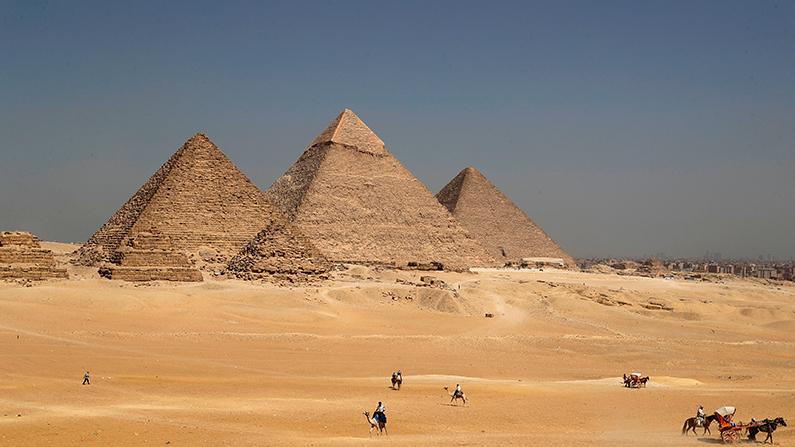An Egyptian man who climbed the Great Pyramid of Giza Wednesday, allegedly throwing small stones at security who attempted to stop him, was arrested, Egyptian officials say.
“On Wednesday morning, the man climbed the largest of the three pyramids in the Giza Pyramid Complex after he entered the pyramids area of the main gate as an ordinary Egyptian visitor with an entry ticket,” a news release from Egypt’s Ministry of Antiquities says.





